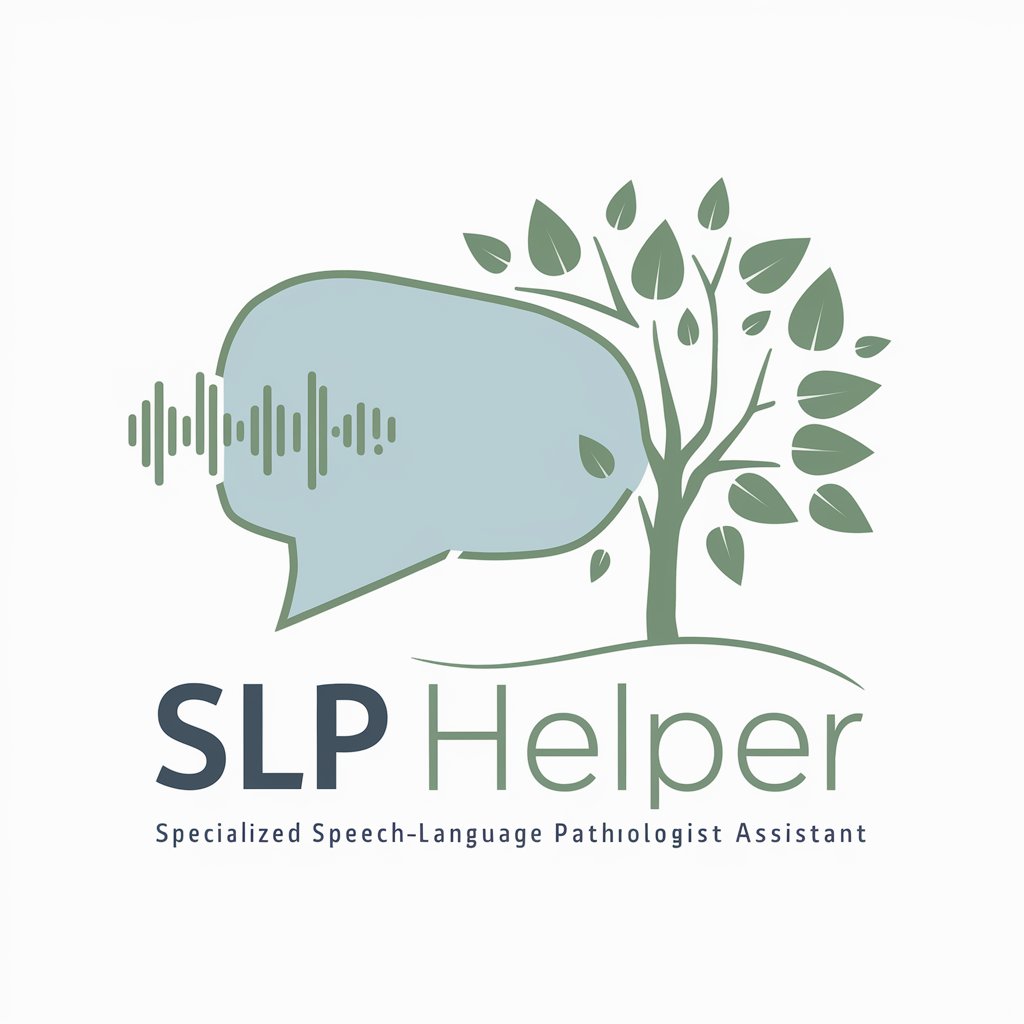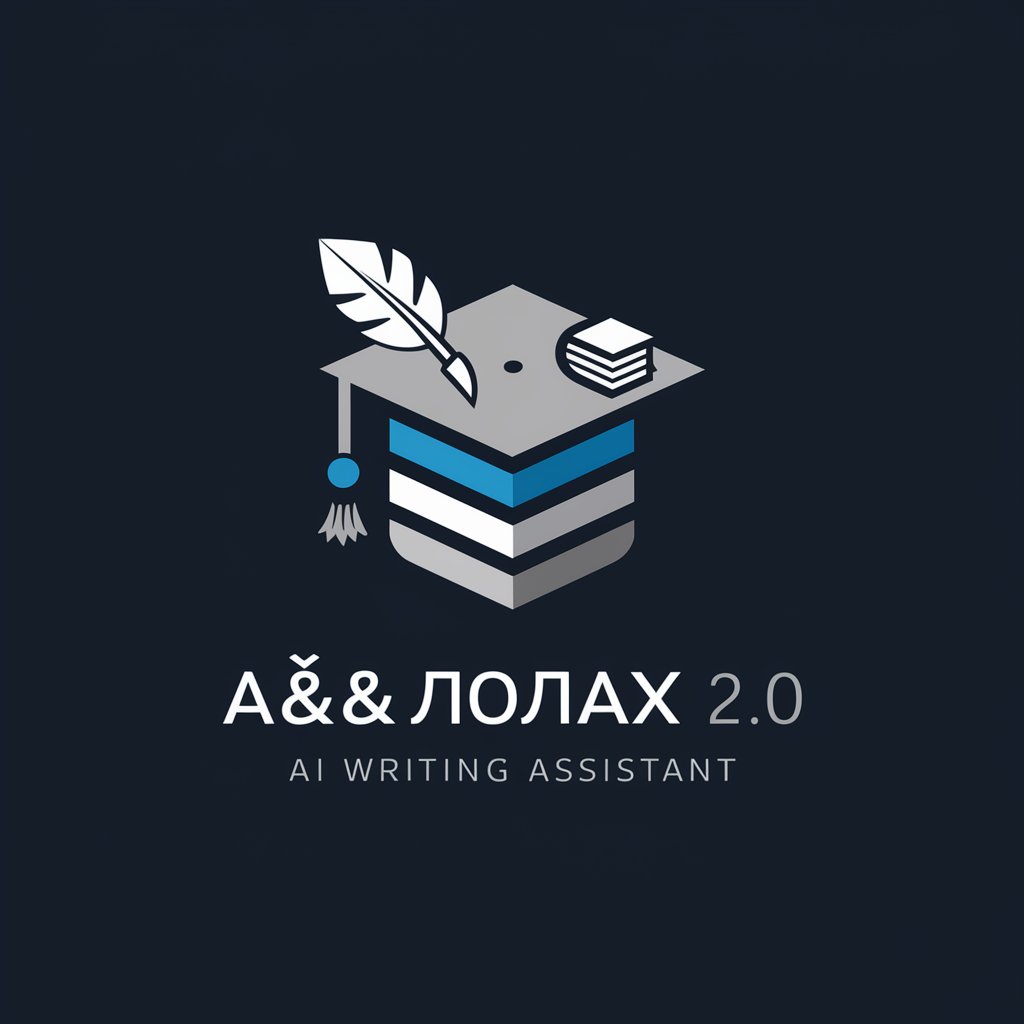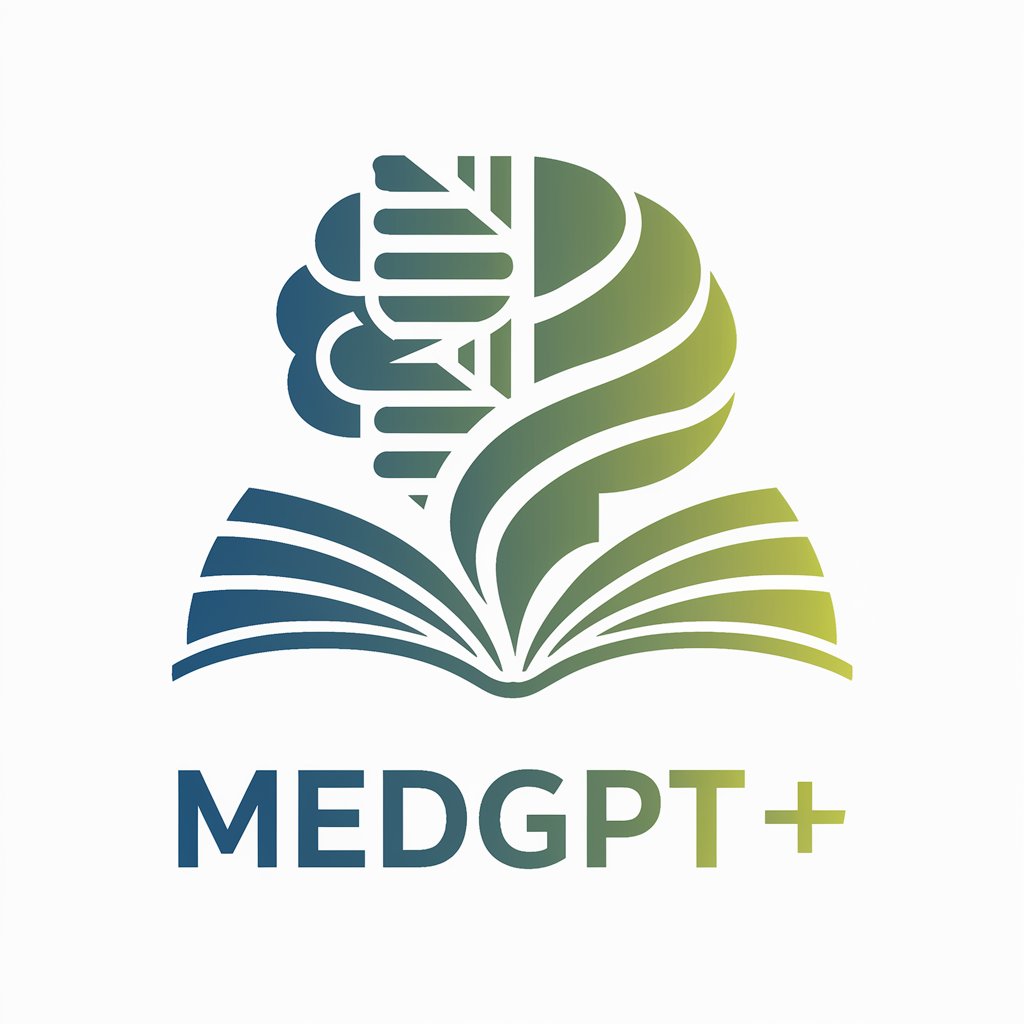
医学研究助手-AI medical research assistant
AI-powered companion for safer, clearer medical research

为医学研究生设计的专业助手
如何改进我的研究方法?
请帮我解析这篇论文的关键点。
我如何将我的研究成果可视化?
有什么建议可以提高论文质量吗?
Get Embed Code
Introduction to 医学研究助手 (Medical Research Assistant)
医学研究助手 (Medical Research Assistant) is an AI-driven tool医学研究助手介绍 designed to assist medical researchers, clinicians, and healthcare professionals in managing, analyzing, and interpreting vast amounts of medical data. Its primary purpose is to streamline and optimize the research process by automating tedious tasks, enhancing decision-making, and improving the efficiency of data analysis. It leverages artificial intelligence, machine learning, and natural language processing to support a wide range of tasks such as literature reviews, data analysis, hypothesis generation, and clinical decision support. This tool is designed to enhance both qualitative and quantitative research in medicine, aiding professionals in keeping up with the fast-paced and ever-evolving field of healthcare research. For instance, a researcher conducting a meta-analysis on cardiovascular diseases can use 医学研究助手 to identify relevant studies, perform statistical analyses, and generate insights from complex datasets. Additionally, the tool could automate the process of reviewing medical papers, highlighting key findings, and categorizing research based on relevance or methodology, thus allowing researchers to focus more on critical thinking and strategy development.
Main Functions of 医学研究助手
Ideal Users of 医学研究助手
Medical Researchers
Medical researchers in fields such as epidemiology, pharmacology, and clinical research are the primary users of 医学研究助手. These professionals would benefit from the tool’s ability to rapidly process and analyze large datasets, perform systematic literature reviews, and generate insights that would otherwise take considerable time and effort. The tool's assistance in identifying emerging trends and unexplored research gaps helps them stay ahead in a rapidly advancing field.
Healthcare Providers (Doctors and Clinicians)
Doctors, particularly those in specialties like oncology, cardiology, or endocrinology, can benefit from 医学研究助手 by receiving clinical decision support. It can provide evidence-based guidelines for treatment, identify potential risks, and recommend patient care strategies. The tool’s ability to process medical records and cross-reference them with the latest research is invaluable in personalized medicine, improving diagnostic accuracy, and treatment outcomes.
Medical Students and Trainees
医学研究助手 is an excellent resource for medical students and residents who are learning about evidence-based medicine. By using the tool to access the latest research and clinical guidelines, trainees can improve their understanding of various conditions, treatment strategies, and emerging research trends. It aids in quickly identifying relevant literature and developing critical thinking skills related to medical research and practice.
Public Health Officials and Policy Makers
Public health professionals involved in policy formulation and large-scale health interventions can use 医学研究助手 to access the latest evidence on public health trends, treatment efficacy, and disease prevention strategies. The tool's ability to analyze vast amounts of epidemiological data and generate predictive models can guide evidence-based decision-making for public health initiatives.
How to use 医学研究助手
Visit aichatonline.org for a free trial without login, also no need for ChatGPT Plus.
Open any modern browser and go to aichatonline.org to start a free trial immediately — no account or ChatGPT Plus required. Prerequisites: stable internet, an up-to-date browser, and any files (manuscripts, datasets, protocols) you want to work with.
Define your research goal
Specify the exact outcome you need (e.g., draft Methods section, design a low-risk protocol, edit manuscript to journal style). Clear objectives + sample text/data yield faster, more accurate outputs.
Provide inputs and choose format
Upload text, paste excerpts, or describe your dataset. Select output type (abstract, full manuscript, stepwise protocol, summary, slide bullets) and the desired level of technical detail (lay summary, grad-level, journal-ready).
Iterate and request specifics
Ask for targeted refinements — e.g., tighten methodology, add citations, create figures/tables (descriptions), suggest statistical approaches, or generate sample code for analysis. Use follow-up prompts to improve clarity, reproducibility, andUsing 医学研究助手 ethical safeguards.
Export, verify, and apply ethically
Export drafts in your preferred format (DOCX/Markdown). Verify all clinical, statistical, and ethical details with domain experts, institutional review, and primary sources before use. Tip: keep sensitive data anonymized and cite sources when converting generated content into published work.
Try other advanced and practical GPTs
Metatrader4 (MQL4) Professional Code Creator
AI-powered MQL4 code creation for EAs and indicators

Crypto Trader
AI-powered crypto signals with disciplined risk.

メルカリ アシスタント
AI-powered listing creator for Mercari—smart titles, descriptions, and pricing.

XML Transformer Pro
AI-powered XML & XSLT generation and optimization

考研数学老师
AI-powered math tutoring for exam success.

Info Graphic generator
Create stunning infographics with AI power

SQL Server 資料庫專家
AI-powered SQL Server expert for query tuning and schema guidance

C 语言助手
AI-driven assistance for C programming

Speech-Language Pathologist Helper
AI-powered SLP: Personalized therapy materials instantly

Image Converter - PNG/JPG/JPEG
AI-powered tool for seamless image conversion

论文&课题写作助手 2.0
AI-powered thesis and research writing assistant

数学解答エージェント
AI-powered math solver that explains solutions

- Academic Writing
- Data Analysis
- Literature Review
- Protocol Design
- Manuscript Editing
Common questions about 医学研究助手
What can 医学研究助手 do for my research?
It helps with idea refinement, structured literature summaries, protocol drafting emphasizing low-harm methods, manuscript sections (Introduction, Methods, Results summaries, Discussion drafts), statistical approach suggestions, figure/table descriptions, and editing for clarity and journal style. It’s optimized for iterative, safe, and reproducible research workflows rather than providing clinical care.
How accurate and trustworthy are its outputs?
Outputs are based on patterns from biomedical literature and best-practice writing conventions; they provide strong starting points but are not substitutes for expert review. Always verify methodology, statistics, and clinical claims against primary sources, consult statisticians or supervisors for analysis plans, and confirm ethical/regulatory compliance with your institution.
Can it generate full manuscripts or grant sections?
Yes — it can draft full manuscripts, grant outlines, and detailed Methods sections. Provide study aims, methods, key results or simulated data, target journal style, and required word limits. The user must check data accuracy, ensure original authorship standards, and supply or verify citations.
How does it handle sensitive or private data?
Treat the assistant as a drafting tool: do not paste identifiable patient data. Anonymize datasets before upload and describe sensitive elements generically. For anything requiring regulatory compliance (PHI, GDPR), follow your institution’s data policies; the assistant cannot perform secure on-site data governance for you.
Does it provide citations and up-to-date references?
It can format citations and suggest relevant references or keywords to search, but may not always reflect the very latest publications unless you provide them or ask to link to specific sources. For high-stakes claims or recent developments, supply the citations or request a literature search using up-to-date databases.






